CITY OF HERITAGE
Talladega Springs, Alabama
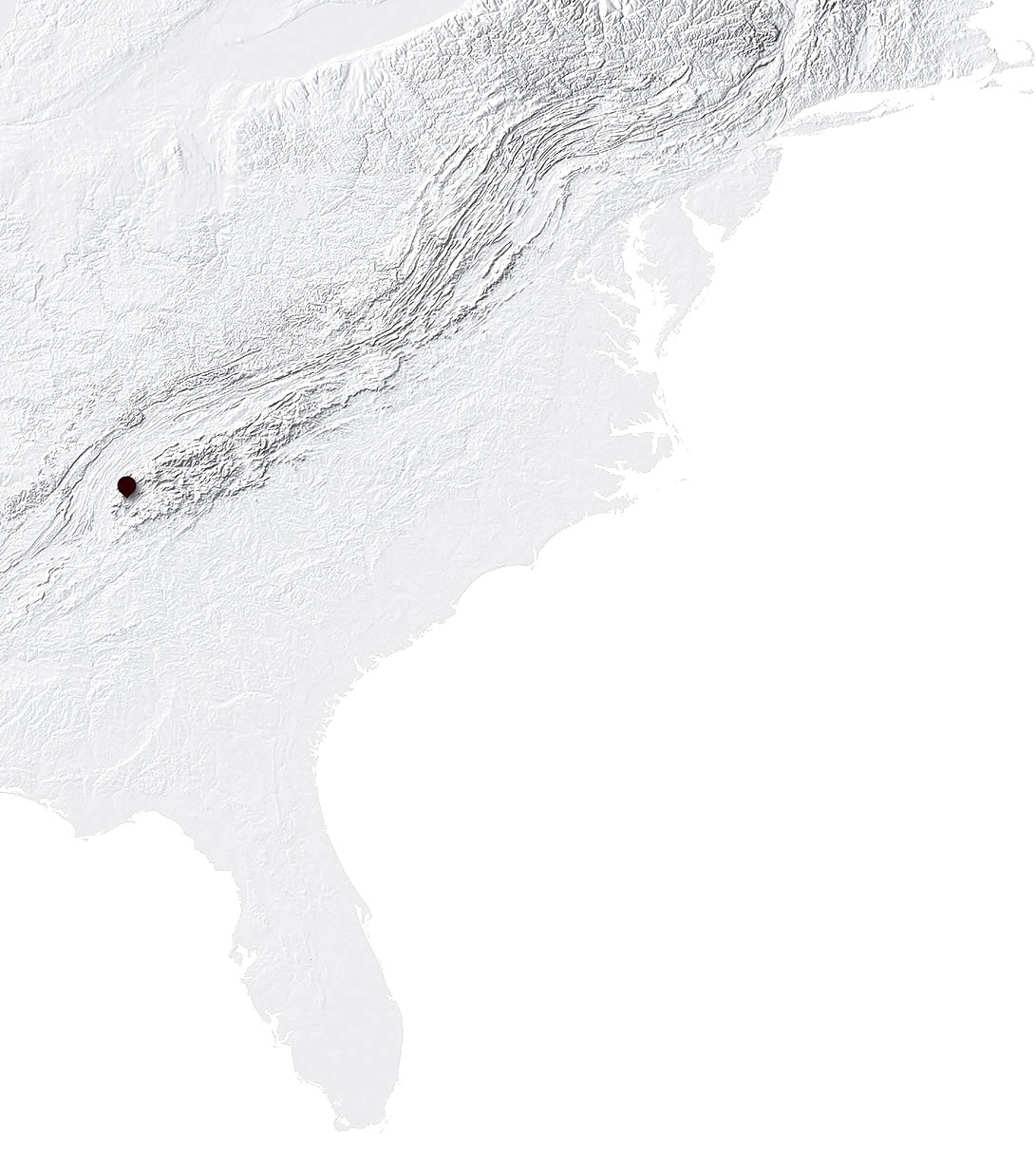
At the southern tip of the Appalachian region lies a small town, with land abundant in natural resources and a community whose roots stretch across the span of generations. A ten minute drive down the main stretch can get you from one end of the town to the next, pastures and historical features lining the old paved road. Homes, with foundations going back as far as the late 1800s, are still inhabited by the generations that came to be, following the settlement of their original family member.
The bell of a wooden-paneled white church, located just behind where the four main stores once sat, is still heard every Sunday morning ringing through the town, just as it did on its very first day in 1910. It is the same soothing tone that residents over 80 years old can remember hearing as a child and is an encompassment of all that has been and all that is to be in years to come. Every inch of the land holds a story of its own, from its historical battles and settlement to the reason this community has stayed so connected and grounded through the years.
The land, originally settled by the Creek Indians, was a desired location because of all that was found to lie within. The bright red soil, fully-enriched with minerals, the mountain sides with springs trickling down the rock, and the pure beauty of the flat land, are just a few of the main attractions. The land was and continues to be viable and a solid support for the livelihoods that have been created within its county lines.
Residents say that because of this flat land, an uncommon feature for Appalachia, generations have been able to flourish and be self-sufficient. Their lives were built on this foundation and will continue to grow because of its support. With its perfect climate, abundant nature and their quiet lives, they have been able to find the balance to develop alongside this area’s strengths.





Although the land was the main attributing factor for how this area came to be, the community is why this area continues to exist and thrive today. Branching off of its one main road, lined with pastures, cotton fields and sulphur springs, you’ll find just a handful of small business — a gas station or two, the local café, maybe even a road-side fruit stand. It’s understood in this community that it’s not quantity, but quality, and they know they have the best.
The small town pride is strong and evident; one of the local restaurants is named after the local school’s mascot. Walls are adorned top to bottom and even napkin holders have the school’s baseball team on display. A trip to the grocery store is typically met with warm smiles and pauses to ask how everyone is doing. It is almost guaranteed residents will see everyone they know over the course of the weekend.
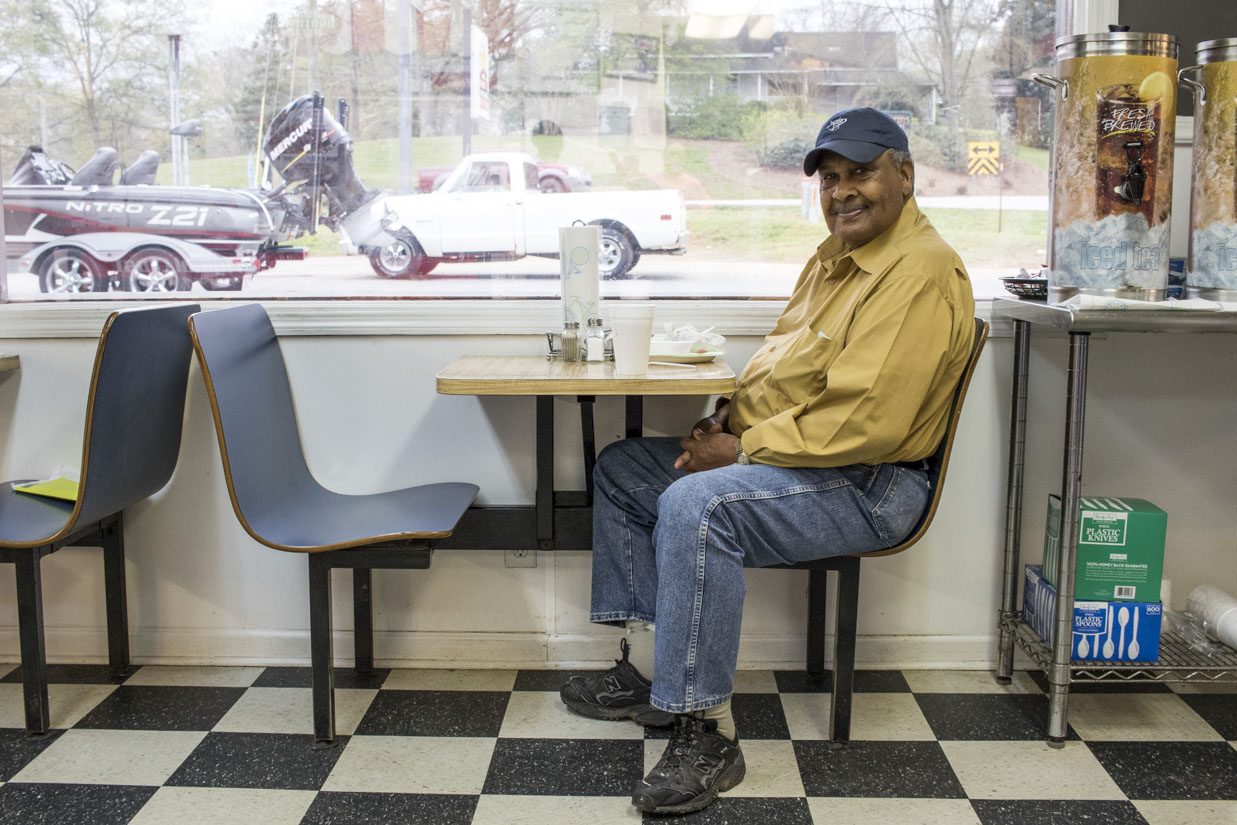
"We're the Wolves Den because of the Fayetteville Wolves, our local school. The mural that's been painted for the school was actually the same artist that painted our sign here. We try to keep a lot of the connections, it's a great school, great area, we love it."
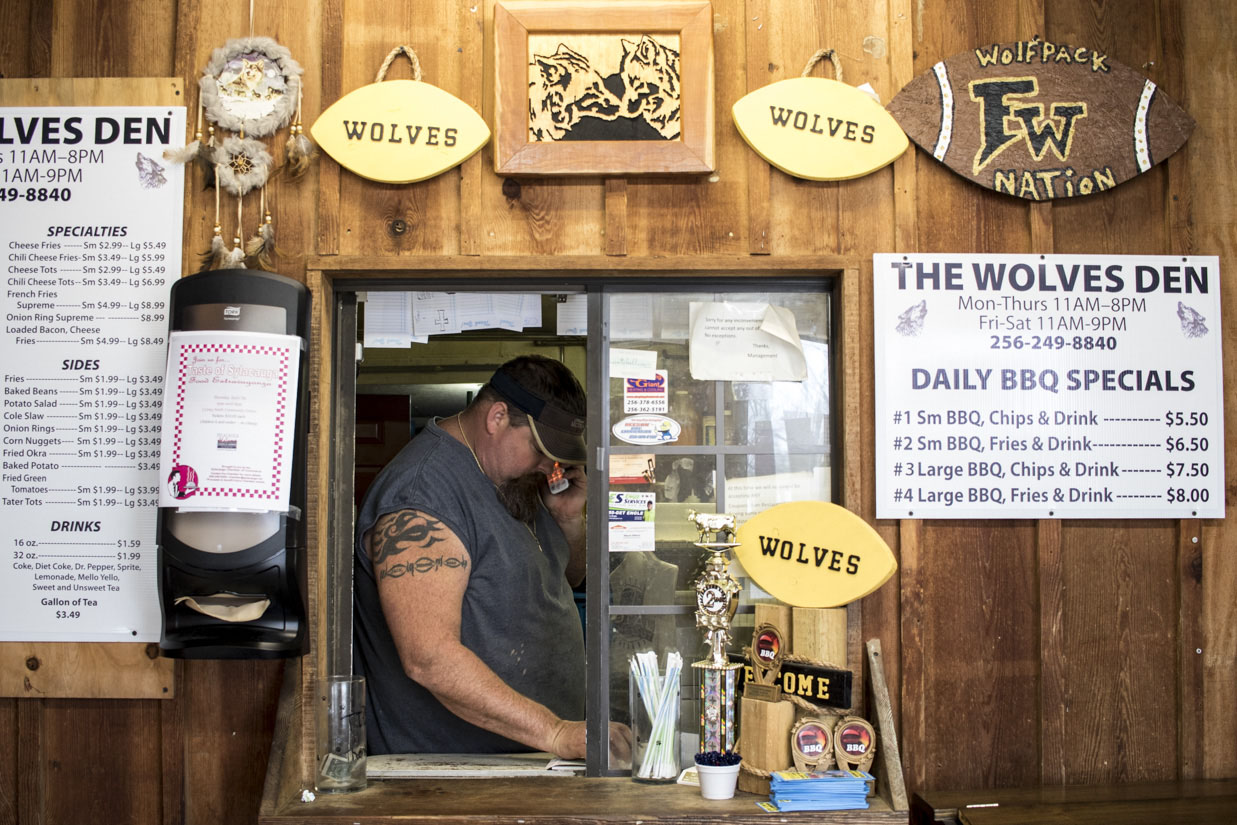
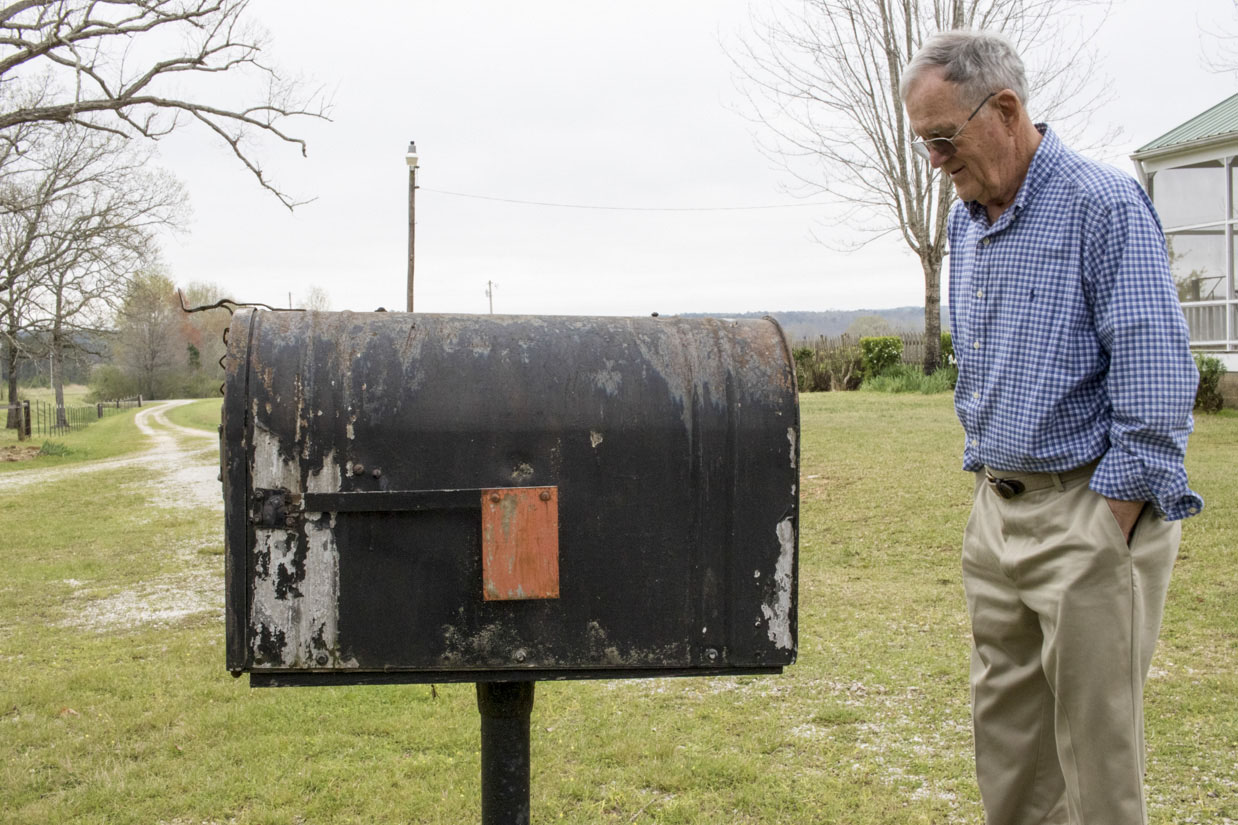
"One day a man saw, 'Big Daddy' on my uniform and said, 'hey I'm looking to open a new café and I need a good name. Would you mind if I used Big Daddy for it?' And I said, no sir, so everyone thinks I'm Big Daddy, the owner. I'm not, but I don't always let them know that."
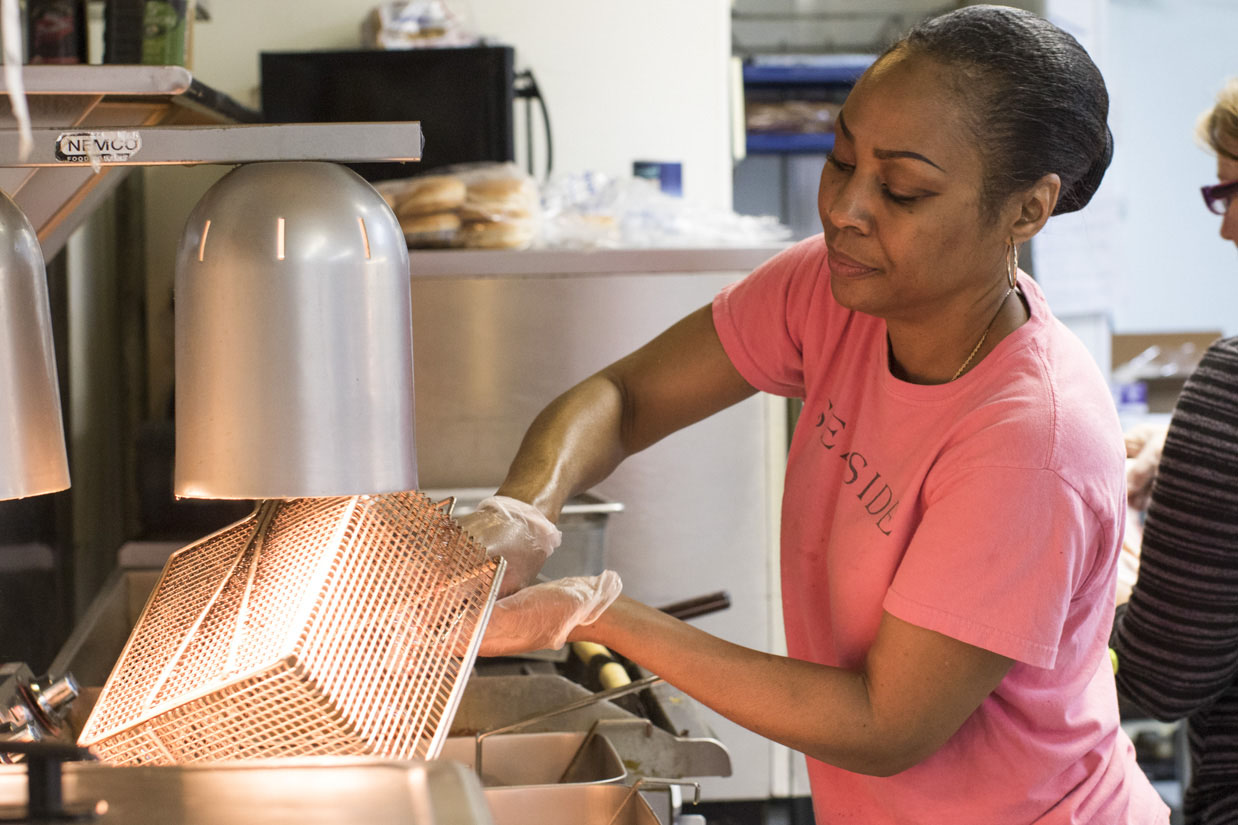
Built around the turn of the 20th century, the old church and farm houses remain as historical tributes and timeless features of this small town. The walls hold sacred memories of the lives of residents, with certain sounds and smells bringing them back to when they were young. In an effort to tangibly preserve these sentiments, Mary Watters Jackson, a long-time resident of Talladega Springs, compiled a memory book that archived and celebrated the community’s history. Pages filled with maps, photographs, news articles and even hand-drawn portrayals of the communities’ homes and notable landmarks demonstrate the unique heritage that is an indelible part of this community.
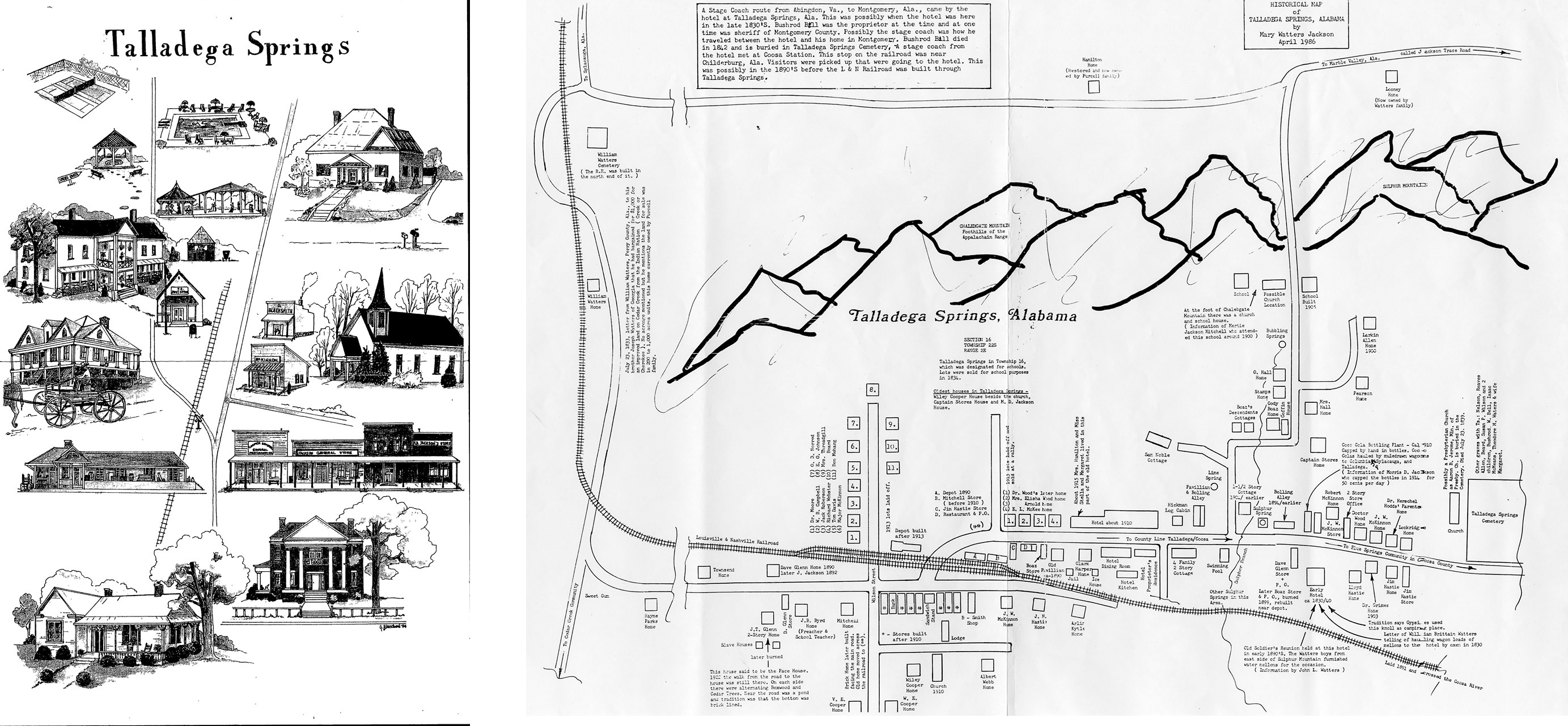
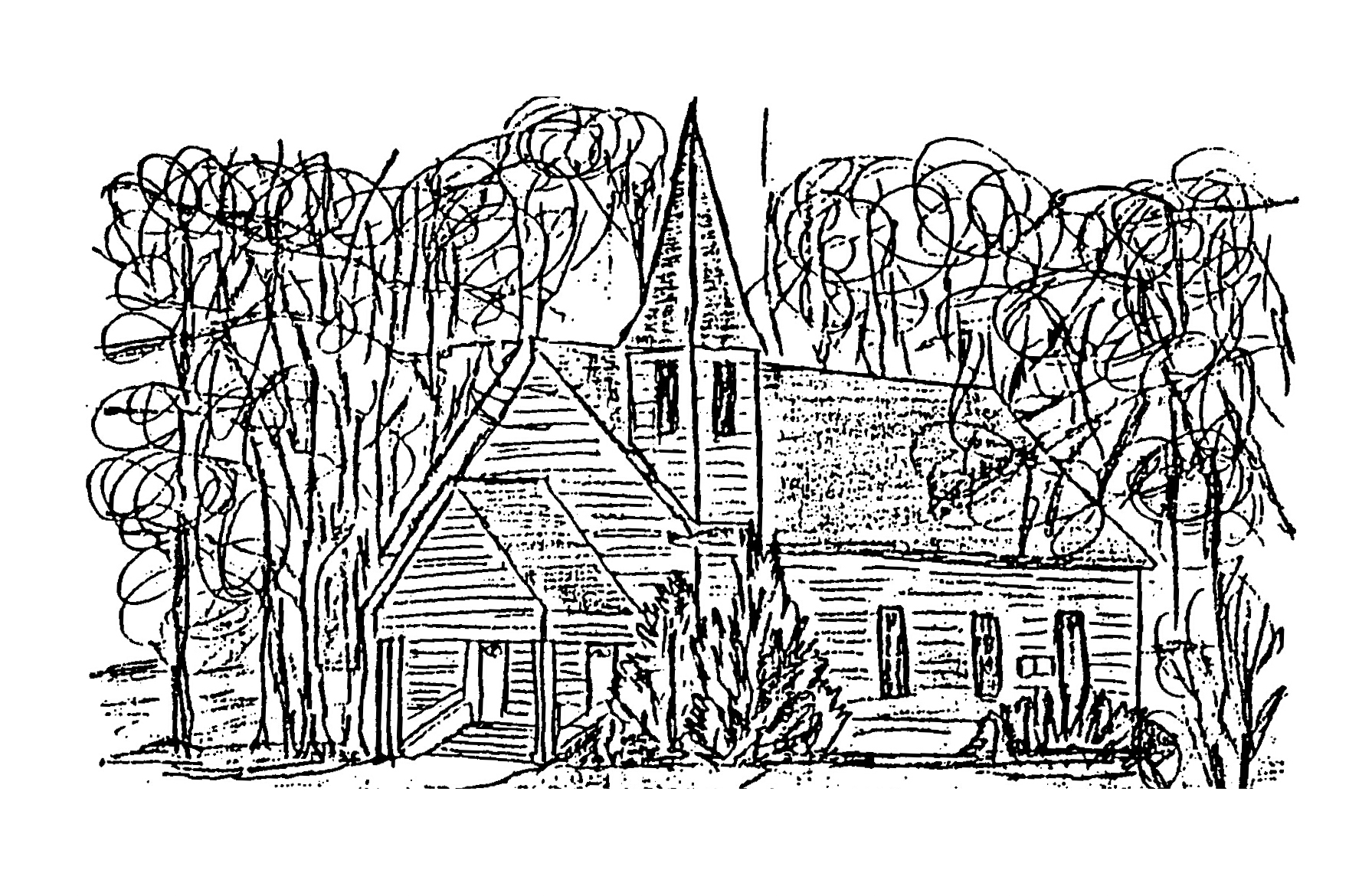

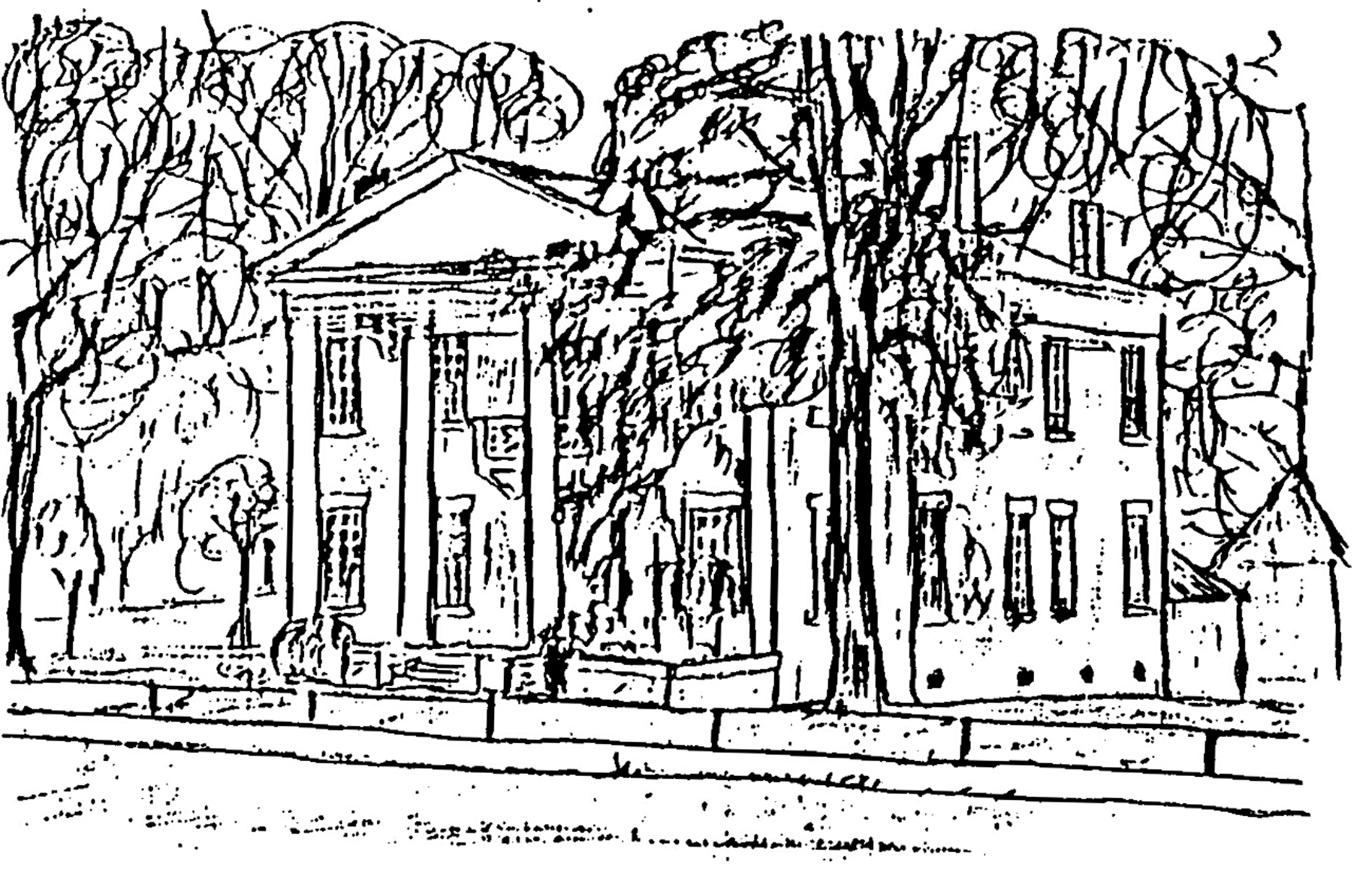
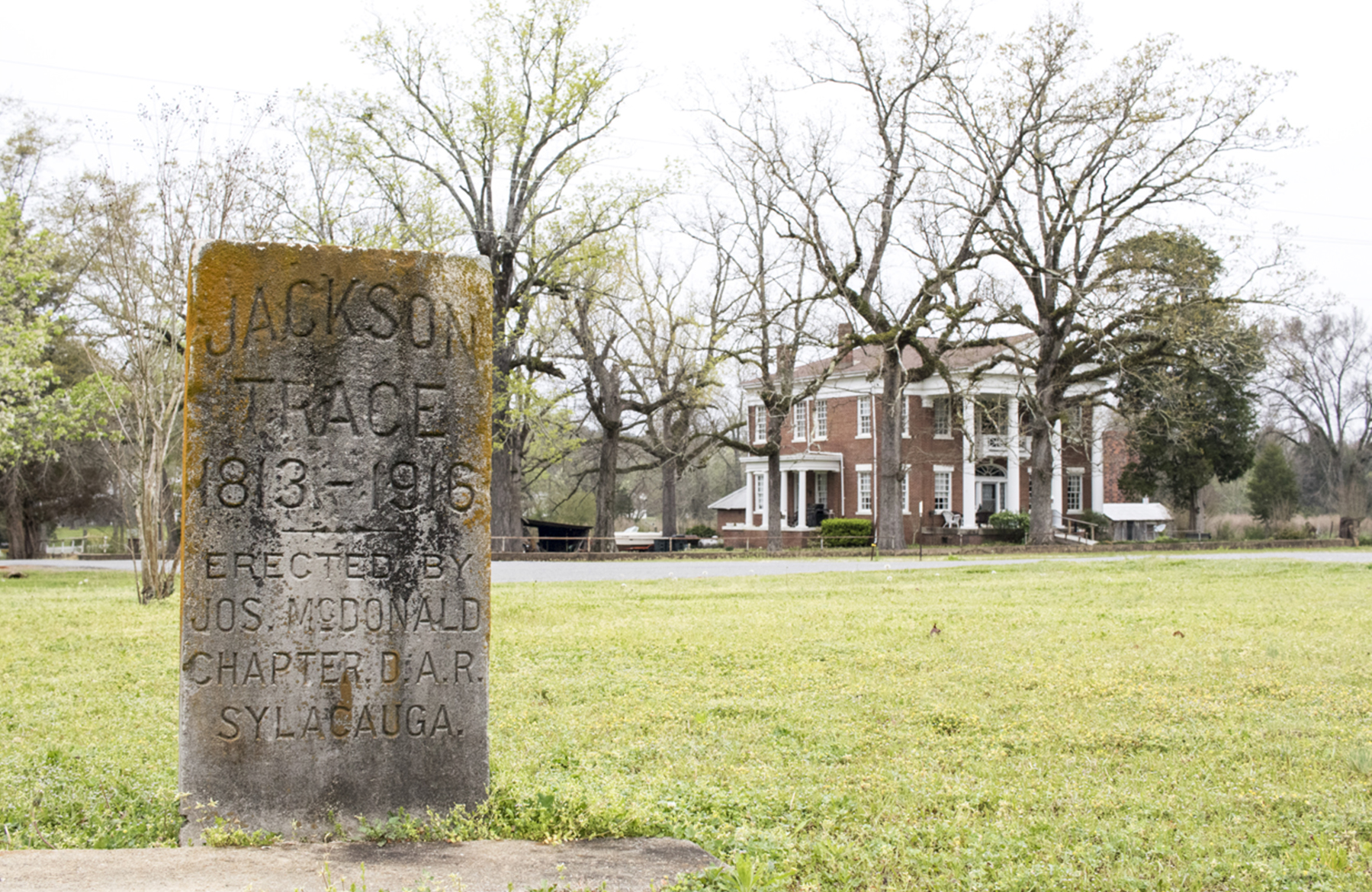
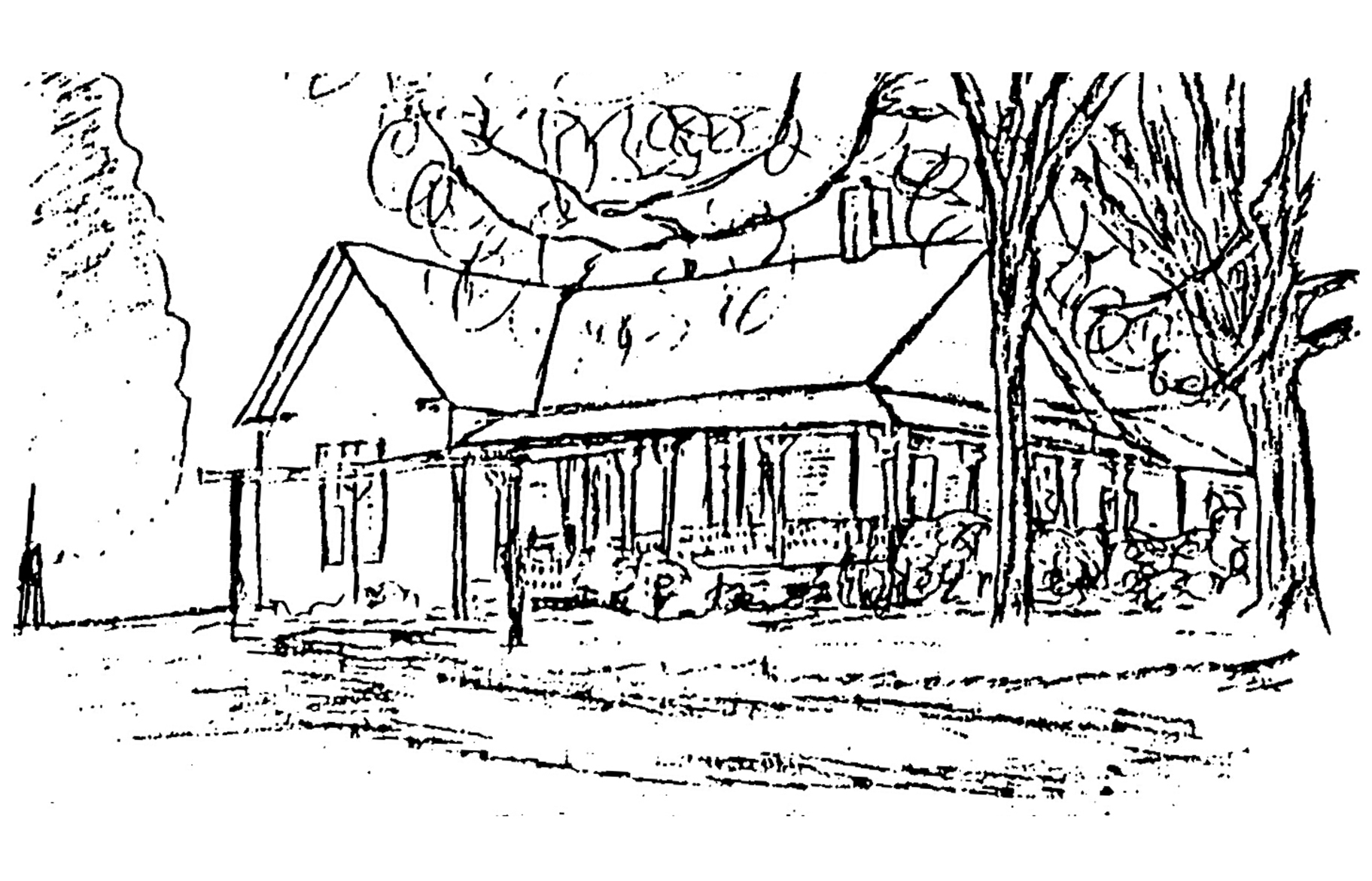
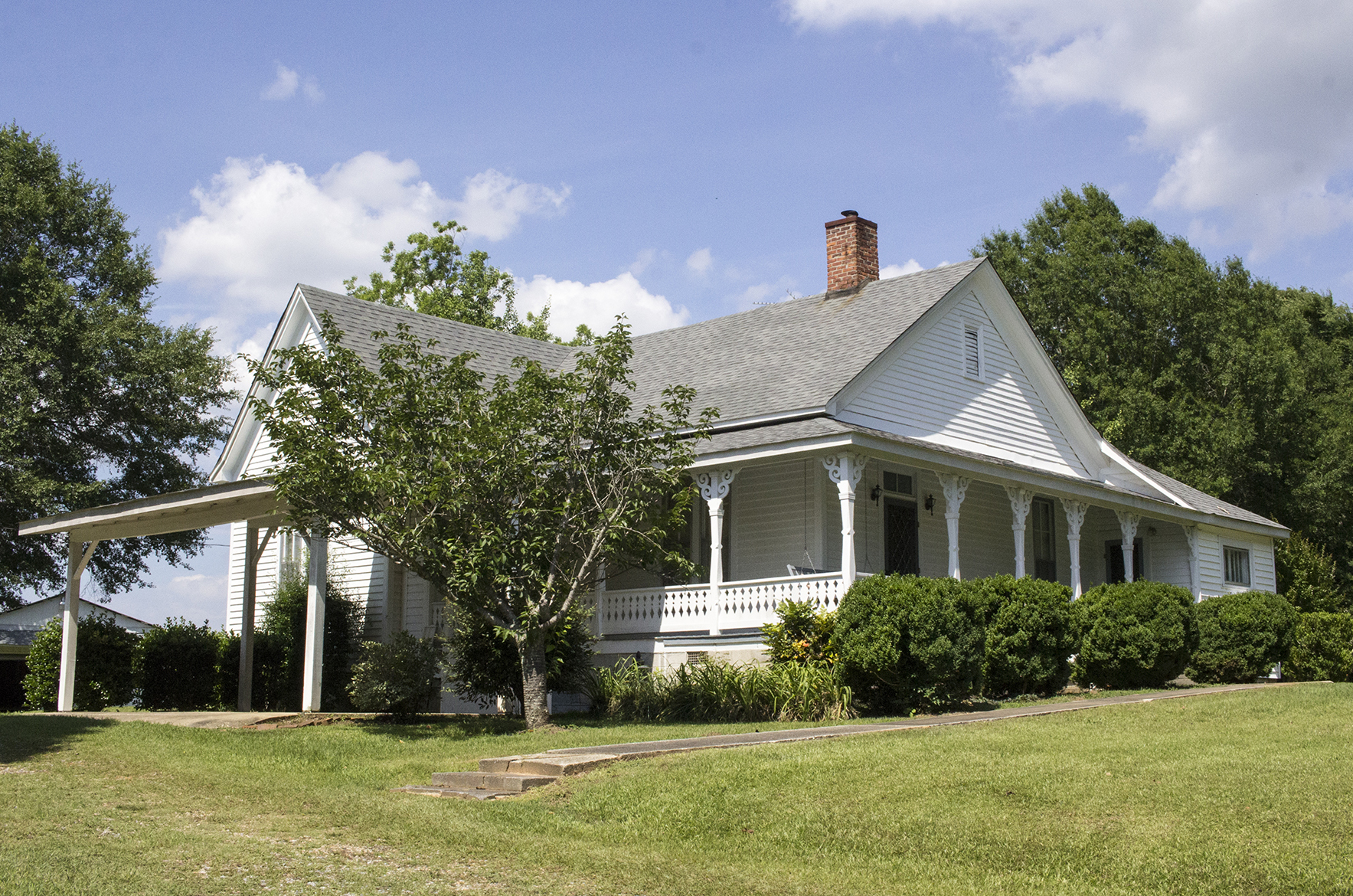

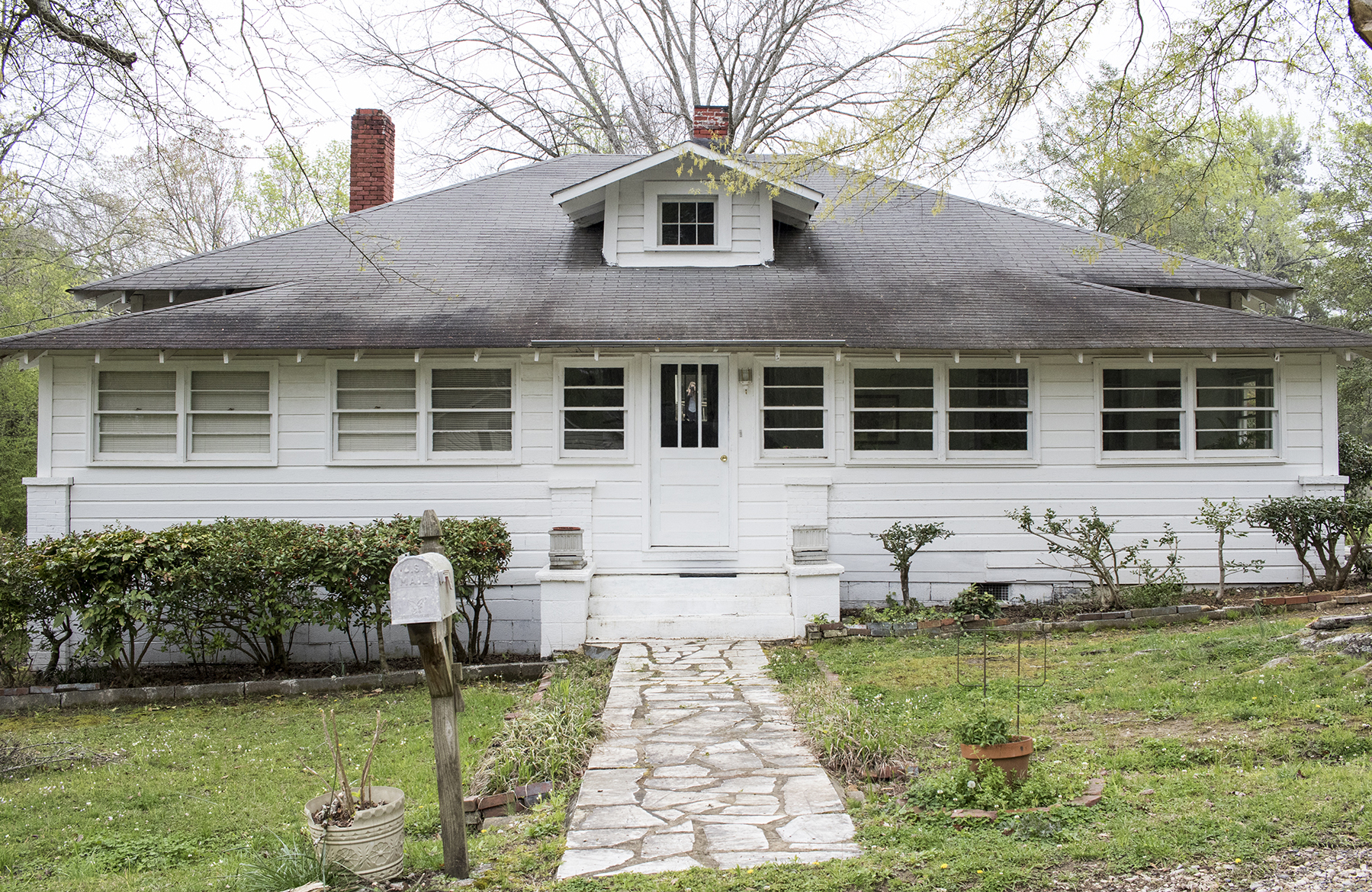
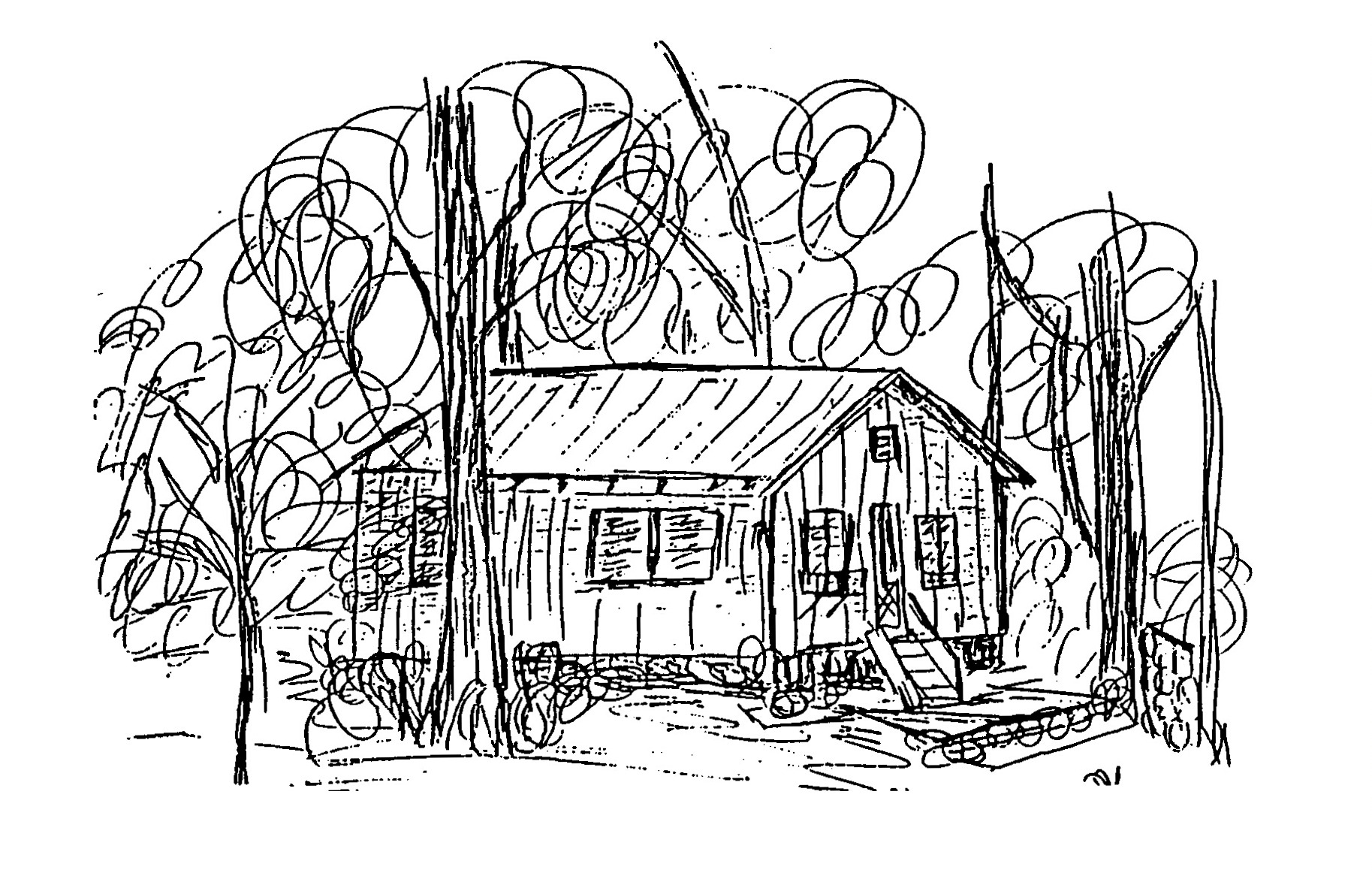
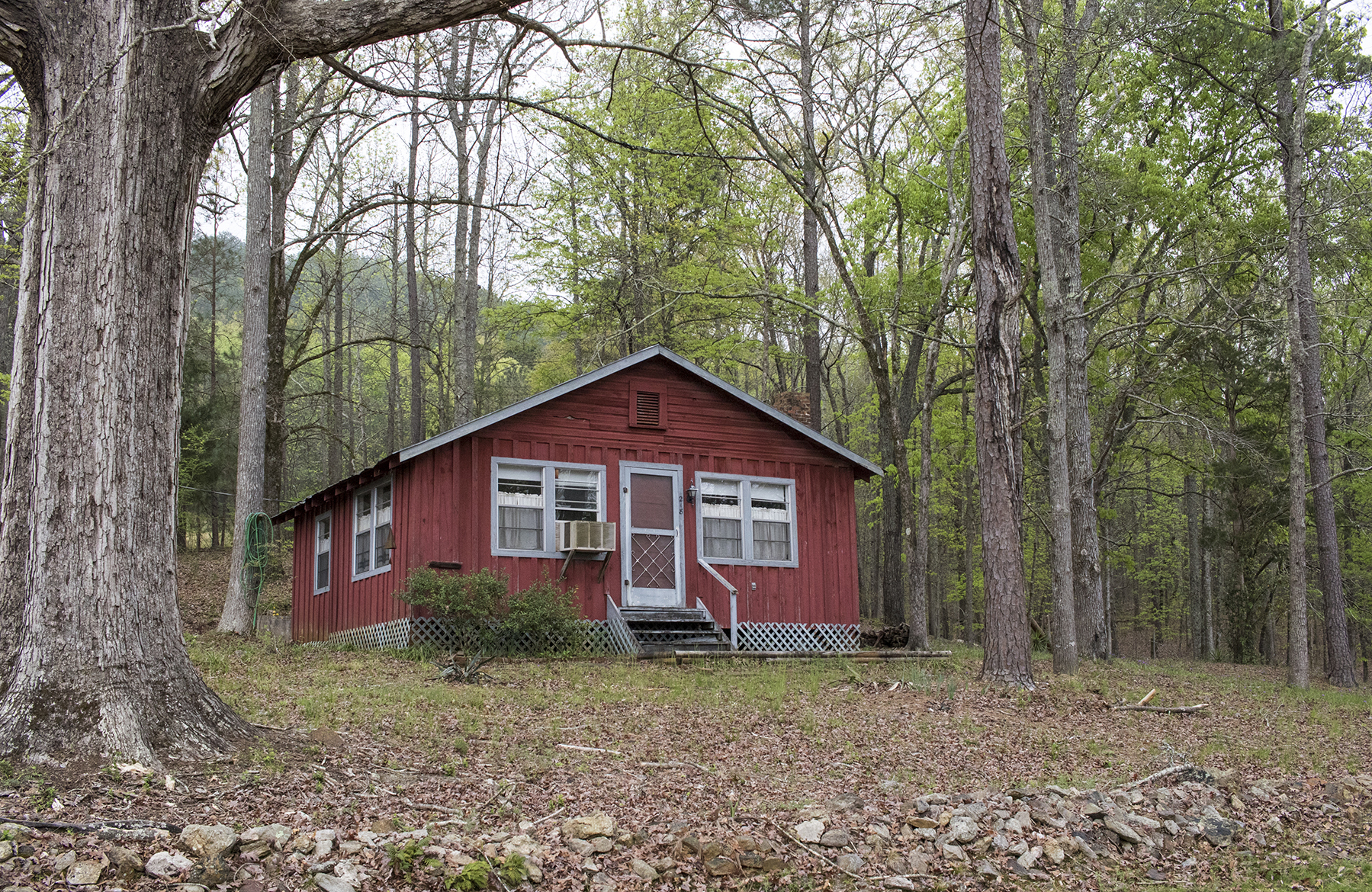
These homes have been the birth place of generations. Their rooms served as both a place of solace and celebration — where a mother would rock her newborn baby to sleep, families would gather for parties, and neighbors would stop in to say hello. They have withstood tornado seasons and the ware and tear of time.
While much else has changed, the appreciation and emotional connection this community has for its roots and upbringing is everlasting.